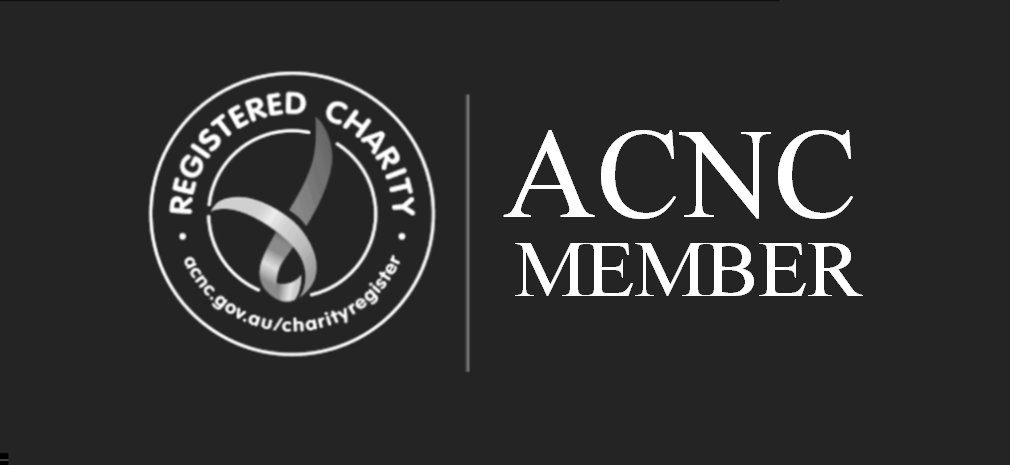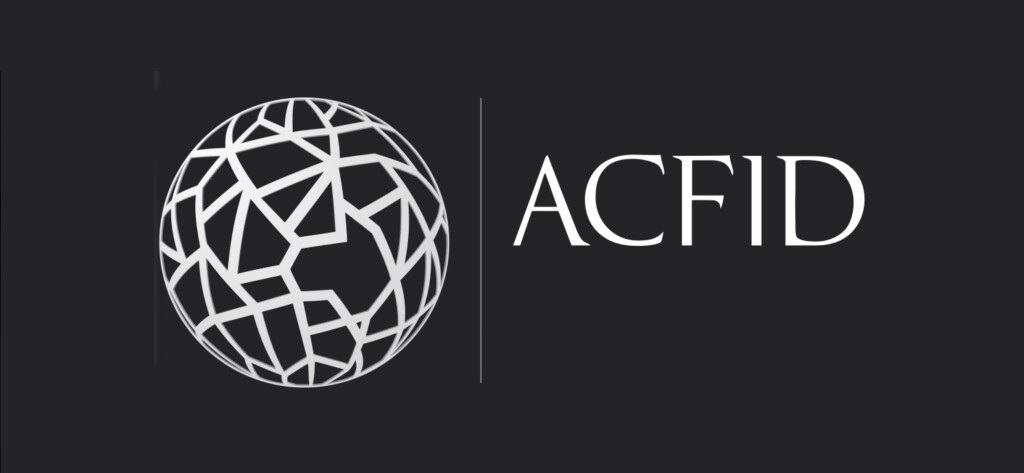Verifier
Members are required to extend this compliance indicator and verifiers to partners through MOU or similar.
All members must have a policy document that:
- Describes the standards of behaviour for organisation’s staff, representatives and partners
- Specifically prohibits sexual exploitation and abuse
- Outlines how the policy is implemented throughout the organisation.
- Specifies the agency’s reporting responsibilities where an incident is identified, including processes for reporting to local enforcement authorities, subject to the wishes and welfare of the complainant/survivor.
Members are also required to appoint a prevention of sexual exploitation and abuse focal person.
Guidance
Acts of sexual exploitation and abuse are intrinsically linked to power and gender inequity and disproportionately impact on women and girls and people with disabilities. An understanding of gender and power inequity in the contexts and relationships within which your organisation and staff work is important to effectively address this issue.
A prevention of sexual exploitation and abuse policy provides one way for your organisation to advance the safeguarding of those who are vulnerable to sexual exploitation and abuse. These people may be adversely affected by the conduct of staff or volunteers associated with your organisation or through the design and implementation of your programs and activities. They may be people in the communities in which your organisation works, or staff and volunteers in your organisation or partner organisations. A policy provides an important statement of the organisation’s and its leadership’s commitment to PSEA, and can be used to communicate this commitment to internal and external stakeholders. A policy on its own will not foster a strong and positive culture which enables safeguarding but it is an important component in achieving this.
This policy should outline your organisation’s commitment to the prevention of sexual exploitation and abuse and outline the responsibilities of staff, volunteers, partners and others in relation to prevention, reporting and responding to incidents of sexual exploitation and abuse.
Your organisation may choose to have a standalone policy or to include the prevention of sexual exploitation and abuse in a wider safeguarding policy.
Your organisation must appoint a focal person for the prevention of sexual exploitation and abuse. A sexual exploitation and abuse focal person provides a key role in raising awareness throughout your organisation and in coordinating, supporting and advising on the development and implementation of prevention of sexual exploitation and abuse policy and practices.
Members receiving funding from DFAT should also ensure their organisation’s policy and practices comply with DFAT’s Sexual Exploitation, Abuse and Harassment Policy. Examples and guidance for developing a policy on prevention of sexual exploitation and abuse is located in the Resources Section below.



